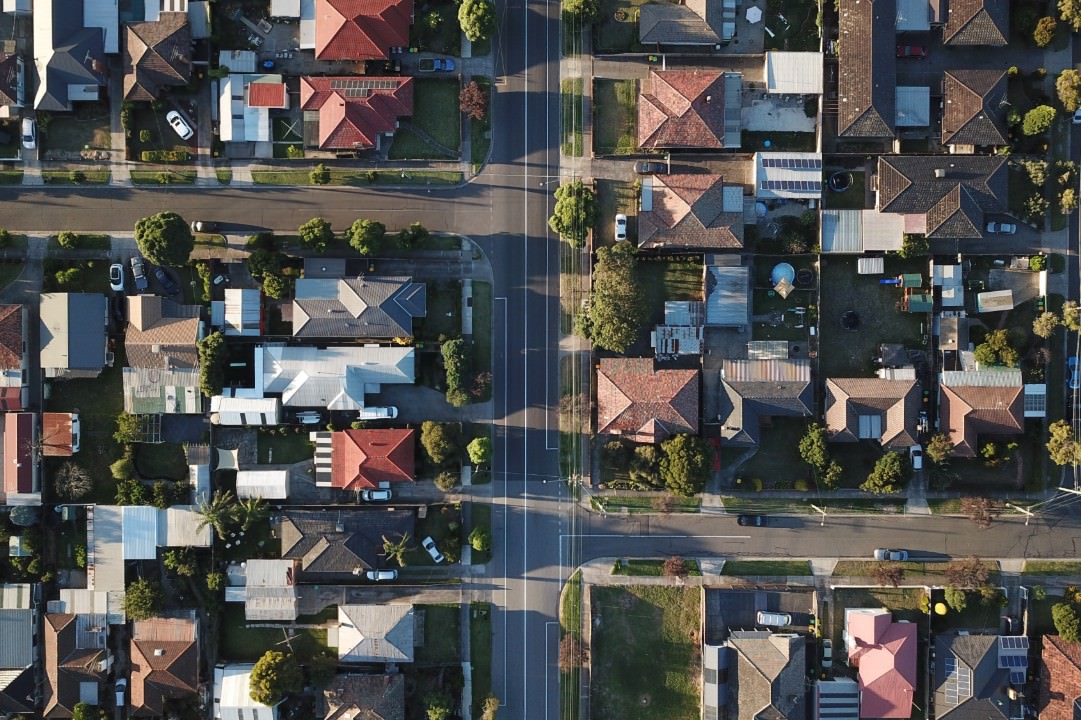Extract from Eureka Street
- Cristy Clark
- 02 July 2020
Over the course of my life, I have lived in 38 different houses. People often find this fact a little shocking, but it doesn’t reflect a history of hardship or lack of choice. Indeed, it might be best described as the result of an excess of choice. But that’s a story for another day.

I share this odd little fact with you, because I was reflecting the other day that despite the excessive number of houses that I have lived in, they have almost all felt exactly like ‘home’ (we’ll leave aside for now the dodgy share flat in the Canadian ski fields that perhaps lacked this quality, along with a number of other basic features of habitability).
This quality of feeling like ‘home’ had little to do with the familiarity of their physical qualities, their particular location, or even their furnishings. It was far more related to the sense of control that I had over my environment and the feeling of safety — sanctuary even — that I felt within the four walls of each of my homes.
The significance of having a sanctuary has been heightened during the last months of living with the threat of COVID-19, which starkly highlights the experience of those Australians who do not have a sanctuary, who do not have a home to shelter in.
On any given night in Australia, there are at least 116,427 people who are homeless. While around 7 per cent of these people will be sleeping on the streets (the visible side of homelessness), the remainder will be in a shelter, couch surfing, living in insecure boarding houses, or living in severely overcrowded housing.
Severely overcrowded housing is a particularly issue for Aboriginal and Tores Strait Islanders, and while this raises obvious issues right now for health, it can also mean that people do not have adequate access to basic services such as water and sanitation, and even that people have to sleep in shifts.
'If we are going to fix this problem, we need to fundamentally re-imagine our approach to housing by rejecting commodification.'
The upshot of these statistics, which have been getting steadily worse each census, is that Australia is failing to uphold the right to adequate housing. This foundational human right means that everyone has an equal right to an affordable, habitable, accessible and culturally appropriate home. Their home should also have essential amenities such as water, sanitation and energy, be located reasonably close to essential services and away from environmental hazards, and (importantly) enjoy security of tenure (which guarantees legal protection against arbitrary evictions, harassment and other threats).
The commodification of something as basic as housing has become so normalised that you might be thinking, 'how absurd! No one has a "right" to a house. That is something that you need to pay for.' But isn’t it more absurd to think that we could prioritise a right to anything else, when we are denying equal access to something as fundamental as a place to exist freely?
The fact is that everything that we do must be done somewhere. When people do not have a place to call home, their very existence runs the risk of being unsafe. There is nowhere they can be to carry out those essential acts of living (eating, sleeping, socialising) where they are safe from being moved on, subject to violence, or threatened in some other way. Surely this is more important than the right of landlords or banks to extract profit?
While COVID-19 has underscored the significance of the right to adequate housing, it has also demonstrated how quickly government is able to act to protect it when they feel compelled to do so. Across Australia, governments brought in moratoriums on evictions, worked with banks to stop foreclosures, and supported additional accommodation for people sleeping rough.
All these temporary measures have been essential to protecting community health during the pandemic, but now is also a good time to reconsider our entire framework for ‘normal’ housing policy. Instead of treating housing first and foremost as a human right, we have allowed it to be commodified — meaning that housing is treated primarily as an economic good that can and should be traded for profit.
Indeed, successive governments have encouraged this process of commodification through fiscal policy such as negative gearing. As a result, house prices across Australia have skyrocketed since the late 1980s — breaking away sharply from CPI and average full-time earnings around the same time. While some people have profited significantly from this outcome, the resulting housing unaffordability has locked huge sections of the population out of homeownership.
For the third of households who now rent, our tenancy laws offer little in the way of long-term security of tenure, or protection from excessive rents or arbitrary eviction (although an increasing number of jurisdictions are moving away from ‘no grounds evictions’). Ultimately, this means that a third of Australians essentially live as second-class citizens when it comes to something as essential as housing, while another group have been denied access altogether.
If we are going to fix this problem, we need to fundamentally reimagine our approach to housing by rejecting commodification. Yes, this might mean that house prices fall, particularly for investors. But this would be justified if it means that we as a society can ensure that everyone has a place to call home.
 Dr
Cristy Clark is a human rights specialist. Her work focuses on the
intersection of human rights, neoliberalism, activism and the
environment, and particularly on the human right to water.
Dr
Cristy Clark is a human rights specialist. Her work focuses on the
intersection of human rights, neoliberalism, activism and the
environment, and particularly on the human right to water.
No comments:
Post a Comment